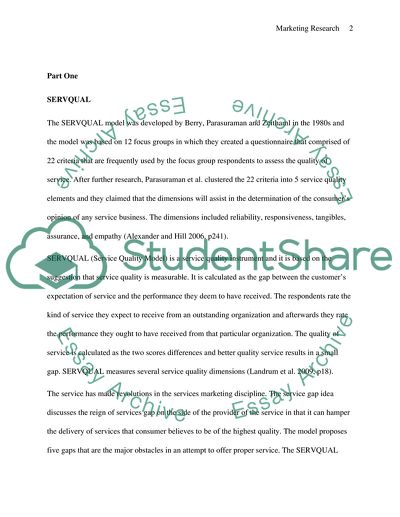Cite this document
(Customer Satisfaction at University: A Survey Analysis and an Evaluati Assignment, n.d.)
Customer Satisfaction at University: A Survey Analysis and an Evaluati Assignment. Retrieved from https://studentshare.org/education/1751412-marketing-research
Customer Satisfaction at University: A Survey Analysis and an Evaluati Assignment. Retrieved from https://studentshare.org/education/1751412-marketing-research
(Customer Satisfaction at University: A Survey Analysis and an Evaluati Assignment)
Customer Satisfaction at University: A Survey Analysis and an Evaluati Assignment. https://studentshare.org/education/1751412-marketing-research.
Customer Satisfaction at University: A Survey Analysis and an Evaluati Assignment. https://studentshare.org/education/1751412-marketing-research.
“Customer Satisfaction at University: A Survey Analysis and an Evaluati Assignment”, n.d. https://studentshare.org/education/1751412-marketing-research.


